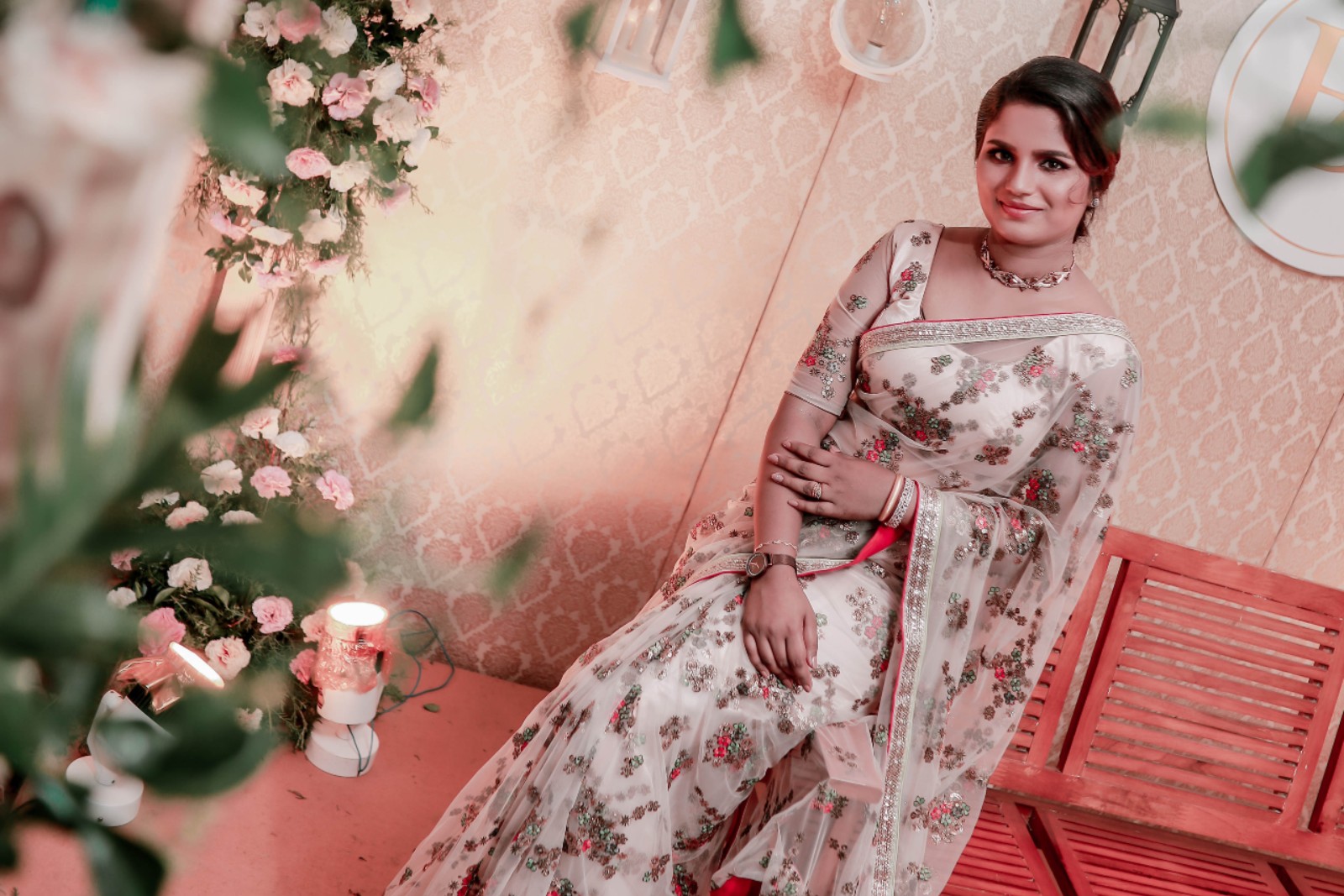
Wedding Dress
A wedding dress or bridal gown is the dress worn by the bride during a wedding ceremony. The first documented instance of a princess who wore a white wedding dress for a royal wedding ceremony is that of Philippa of England, who wore a tunic with a cloak in white silk bordered with squirrel and ermine in 1406, when she married Eric of Pomerania. Mary, Queen of Scots, wore a white wedding dress in 1559 when she married her first husband, Francis, the Dauphin of France, because it was her favorite color, although white was then the color of mourning for French Queens.
This was not a widespread trend, however: prior to the Victorian era, a bride was married in any color, black being especially popular in Scandinavia.
White became a popular option in 1840, after the marriage of Queen Victoria to Albert of Saxe-Coburg, when Victoria wore a white gown trimmed with Honiton lace. Illustrations of the wedding were widely published, and many brides opted for white in accordance with the Queen's choice.
Even after that, for a period, wedding dresses were adapted to the styles of the day. In the early 1900s, clothing included a lot of decorations, such as lace or frills. This was also adopted in wedding dresses, where decorative frills and lace was common. For example, in the 1920s, they were typically short in the front with a longer train in the back and were worn with cloche-style wedding veils. This tendency to follow current fashions continued until the late 1960s, when it became popular to revert to long, full-skirted designs reminiscent of the Victorian era.
Today, Western wedding dresses are usually white, though "wedding white" includes shades such as eggshell, ecru and ivory.
Later, many people assumed that the color white was intended to symbolize virginity, though this was not the original intention: it was the color blue that was connected to purity, piety, faithfulness, and the Virgin Mary.
White is not the universal colour of wedding dresses. In Mexico, for example, red is a popular
Source : Wikipedia










